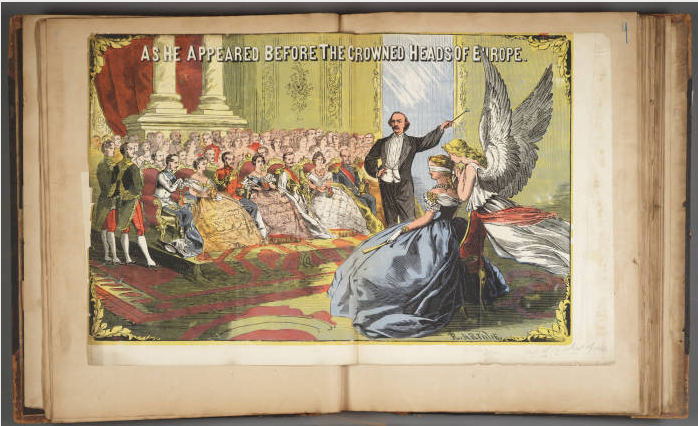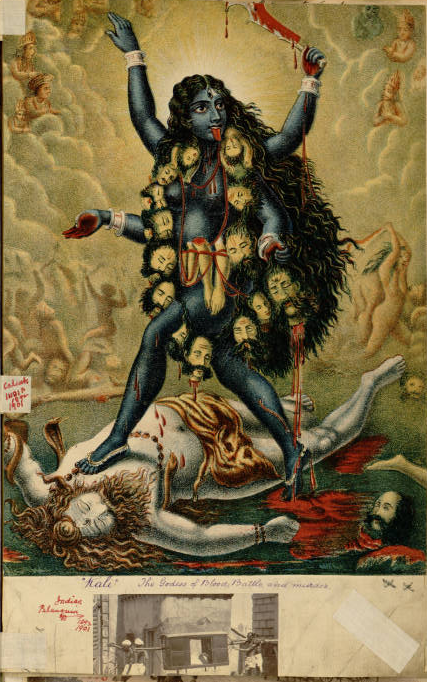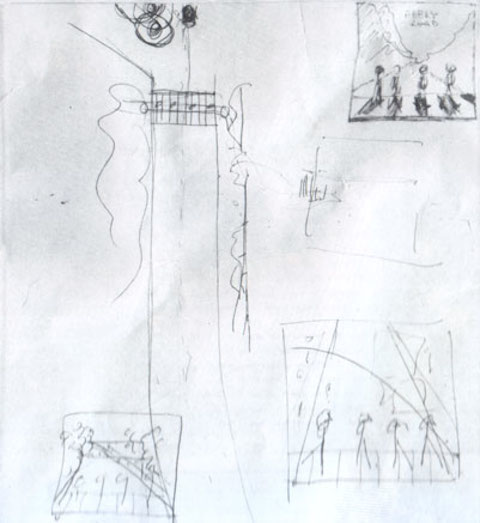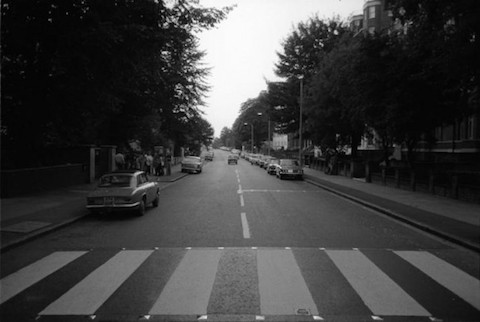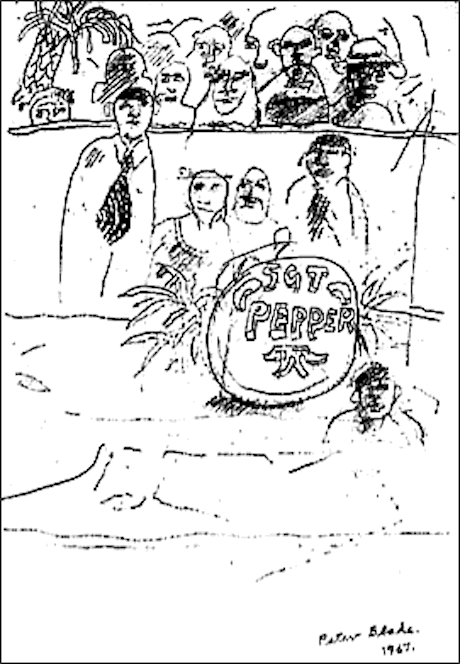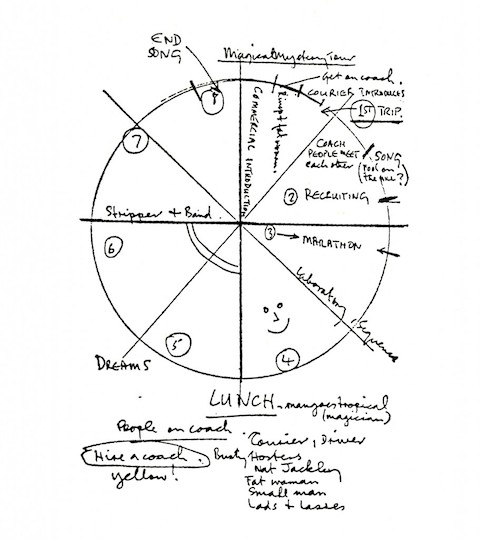I’ve always been jealous of friends who studied history in college. They’ve got a working knowledge of the causes of wars, economic crises, political upheavals, and any other trivia question-worthy events. Thankfully, whatever I’d like to learn is merely a click away: we’ve got over 800 free online courses (including 67 free history courses) listed on Open Culture at the time of writing, and educational institutions continue to upload new lectures every week. Most of the lectures, however, last from 30 minutes to an hour, requiring users to cordon off a block of time for study. Want something shorter? Enter the 15 Minute History podcast, currently the fourth most popular podcast on iTunesU.
The result of the University of Texas at Austin’s Hemispheres and Not Even Past public outreach efforts, the 15 Minute History podcast focuses on key subjects in world history and U.S. history. Although the podcast is tailored to Texas teachers and students, emphasizing the state’s K‑12 curriculum, it also happens to be a treasure trove of free content for anyone interested in history. The short podcasts, which last some 15 minutes on average, cover everything from Russia’s October 1917 Revolution, to the Ottoman Empire, to the global context of the American Revolution. Each episode is led by one of three UT Austin academics, who discuss the topic at hand with another university professor or graduate student. Conveniently, on the 15 Minute History web site, the podcasts are accompanied by a carefully formatted transcript, plus additional reading materials for those who find themselves curious about a particular topic.
Interested readers can find the whole podcast series on iTunes, or on the web.
Ilia Blinderman is a Montreal-based culture and science writer. Follow him at @iliablinderman.
Related Content:
A Crash Course in World History
The Complete History of the World (and Human Creativity) in 100 Objects


